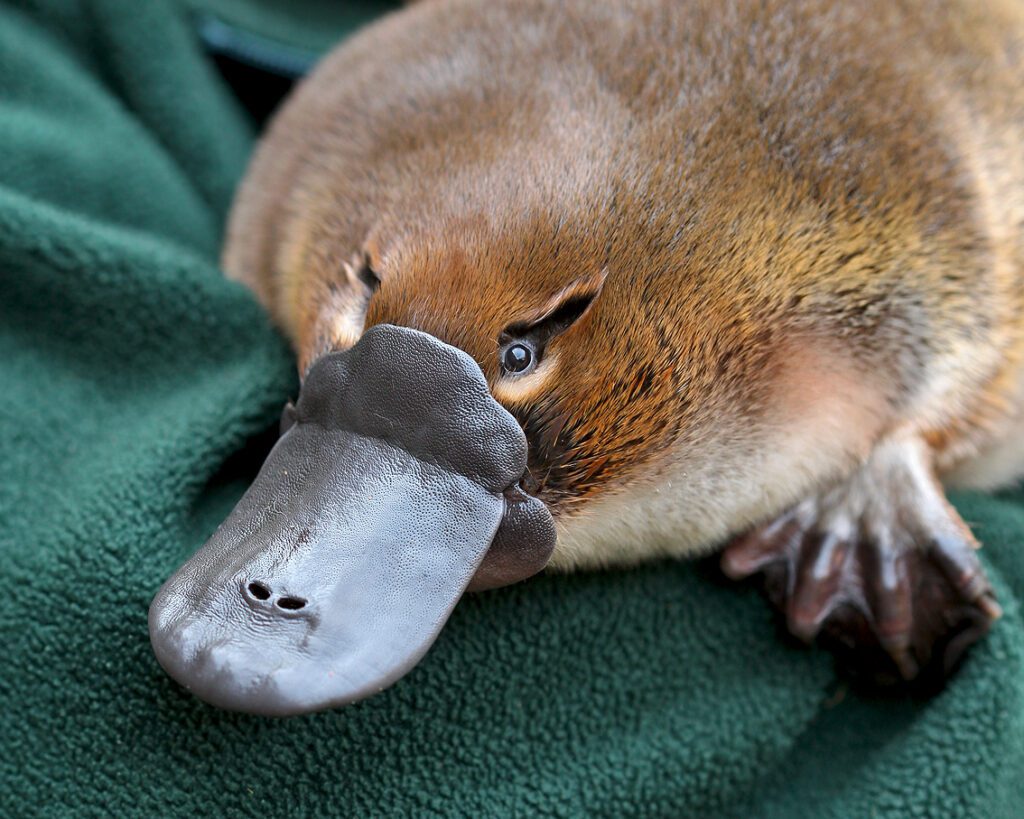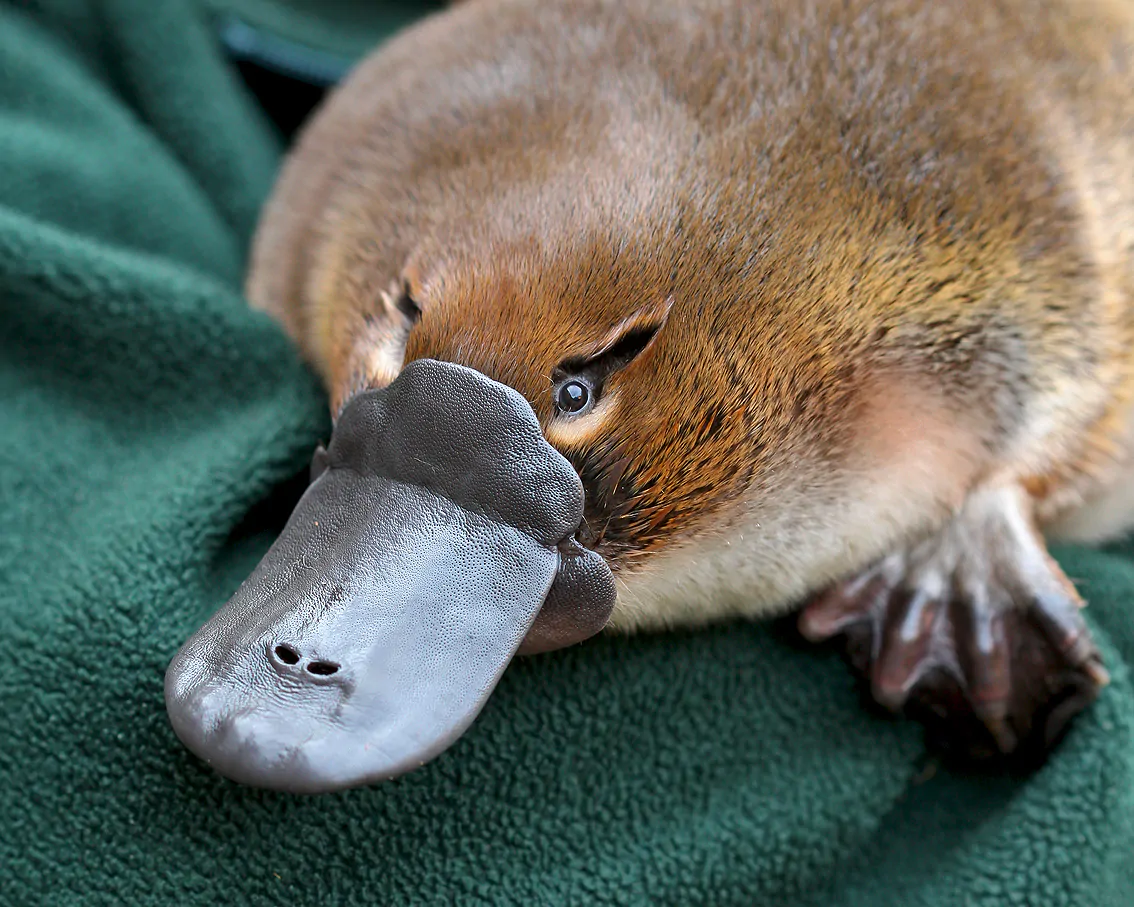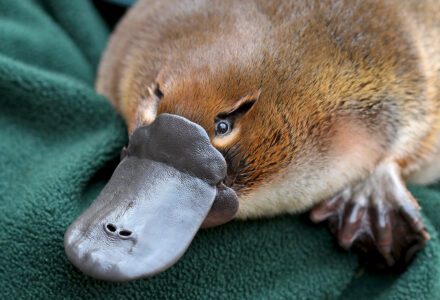A “puggle” is a term commonly used to refer to the young offspring or baby of a platypus (Ornithorhynchus anatinus). Baby platypuses are also known as “platypups.”
Puggle Platypus Facts
Table of Contents
Appearance
Platypus puggles are tiny and quite different in appearance from their adult counterparts. They are covered in soft, downy fur that is gray or brown.

Size
A platypus puggle is typically about the size of a lima bean when it hatches from the egg.
Hatching from Eggs
Platypuses are one of only five species of monotremes, or egg-laying mammals. Female platypuses lay one to three eggs, which they incubate by curling around them. After about ten days, the eggs hatch, and the puggles emerge. Also Read : Devil Fish – A Rare Ray
Nursing
Like all mammals, baby platypuses need to be nourished with milk. However, platypus mothers do not have nipples. Instead, they excrete milk through mammary gland ducts and allow it to pool in the grooves of their skin. Puggles lap up the milk directly from the skin.
Growth
As puggles grow, they continue to develop their characteristic features, including webbed feet, a flat tail, and the distinctive duck-bill snout.
Independence
Young platypuses become more independent as they grow. They eventually leave the burrow and venture out into the water to learn to swim and hunt for themselves.
Vulnerable Early Life
Platypus puggles are particularly vulnerable during their early stages, both in the egg and as newborns. They rely heavily on their mothers for protection and nourishment.
Adaptations for Aquatic Life
Even as puggles, platypuses display some adaptations for their semi-aquatic lifestyle. Their webbed feet and waterproof fur help them navigate in water.
Caring Mothers
Platypus mothers are known to be highly attentive to their puggles’ needs, guarding and caring for them diligently.
Puggles are an essential part of the platypus life cycle and contribute to the species’ continued survival. However, they face challenges, including threats to their habitat and ecosystem, which can impact their survival. Conservation efforts are crucial to protect these unique creatures and their vulnerable young.


